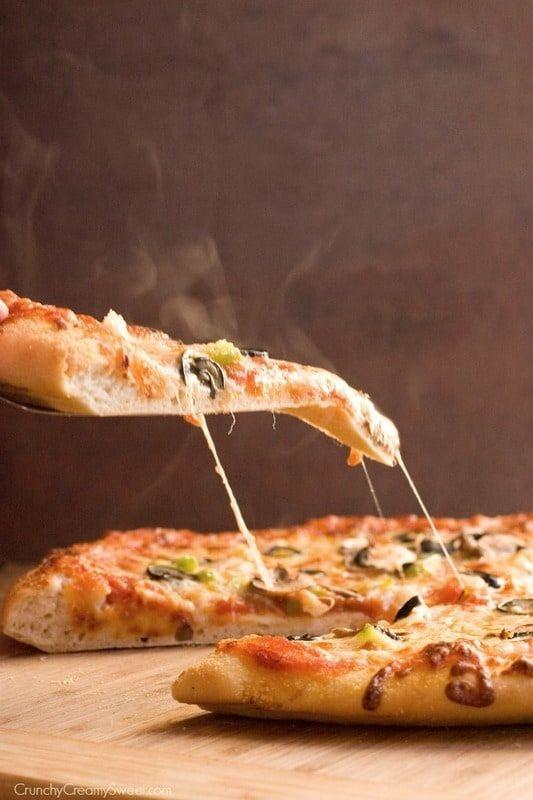At PlainPassage Pizzeria, we're convinced that the key to an extraordinary pizza lies in the dough itself. With over thirty years dedicated to refining our method, we're thrilled to offer you insight into our dough-making expertise. While the specifics of our time-honored recipe must remain confidential, the following fundamentals will guide you in achieving pizzeria-standard pizza dough within the comforts of your own kitchen.
Flour Quality is Crucial
The cornerstone of any remarkable pizza dough is premium flour. 00 flour is our recommended choice—a finely milled Italian variety with an ideal protein level (near 12%) for the right combination of elasticity and softness. If 00 flour proves elusive, bread flour is an acceptable alternative, though expect a varying texture.
Optimal Water Temperature for Hydration
Water temp plays a pivotal role in controlling dough development and the pace of fermentation. For a prolonged fermentation that enhances taste, opt for cold water around 45°F (7°C). On the other hand, for a faster process, tepid water at roughly 85°F (29°C) works well. Aim to maintain a hydration ratio of 60-70% when adjusting for typical household ovens.
Limited Yeast for Extended Fermentation
To attain dough rich in flavor, consider minimizing yeast use and instead allow an extended fermentation period. With only 0.2% fresh yeast in proportion to the flour's weight, we enable a 24-48 hours fermentation timeframe. This gradual technique enriches the flavor profile and results in dough that's not only tastier but also more digestible.
Role of Salt: More Than Taste
Salt's responsibilities extend beyond just providing taste—it augments gluten formation and moderates yeast activity. We suggest a dosage of fine sea salt amounting to 2.5-3% relative to your flour's weight. Integrate it once there's been a partial mix of water and flour, this will safeguard the yeast from direct contact with the salt.
Fermentation: A Culinary Craft
Post-mixing, let the dough undergo primary fermentation at ambient temperature for a couple of hours, then parcel it out into individual portions. Encase these in lidded vessels and then refrigerate for 24-72 hours. It is during this colder fermentation period that enzyme activity converts starch into sugars, imparting both the distinct flavor and appealing caramelization of our crusts.
Gentle Dough Handling
When it's pizza crafting time, remove the dough from cooling about 1-2 hours earlier than baking to reach room temperature. Handle the dough delicately to retain the air bubbles that formed. Instead of a rolling pin, utilize your fingertips for pressing and stretching, conserving the gas-filled pockets which are crucial for a light crust.
Thermal Element: Heat is Key
Our hearths reach a searing 850°F (454°C), vastly hotter than typical residential ovens, which usually only heat up to about 550°F (288°C). To emulate this, heat a pizza stone or steel for at least one hour before baking. Such retained heat is essential for a crust that's simultaneously crunchy on the outside and pillowy within.
The mastery of pizza dough is an evolving adventure. Each cooking experience enlightens you about the dough's behavior. Keep notes, tweak the variables, and delight in discovering what constitutes perfection in your distinct culinary space.
Interested in witnessing our dough-making routine firsthand? Participate in our monthly pizza workshops where Chef Paolo details these methods. Refer to our events calendar for imminent workshop days!

